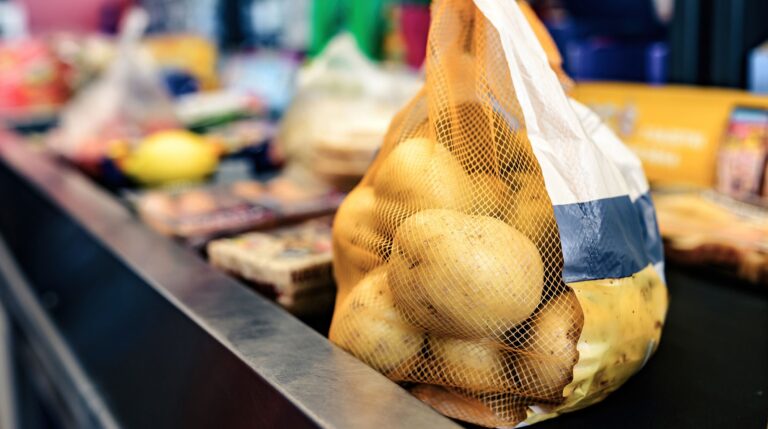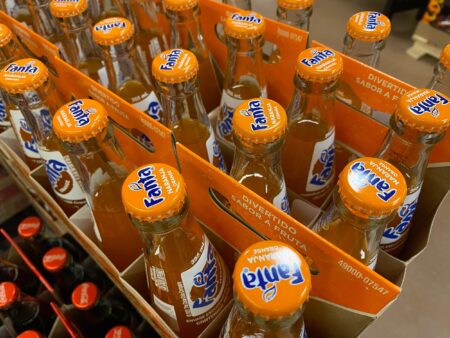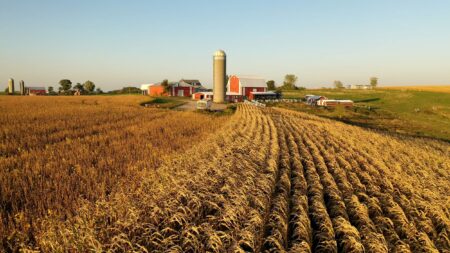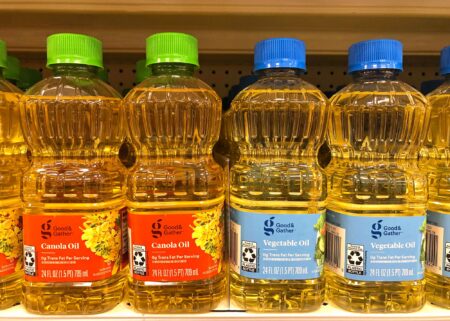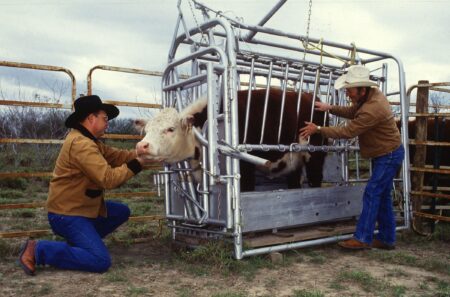From Economic Theory to Grocery Store Reality, a Warning About America’s Food Supply
I. Econ 101 and the Scalloped Potatoes
Back in high school economics — or maybe in a foggy Econ 101 lecture hall — you probably heard about Adam Smith and his “invisible hand.” The idea was that markets, left largely to themselves, would balance out. Prices go up, people buy less. Supply drops, prices rise. Somewhere between producers chasing profit and consumers seeking value, equilibrium is found.
Right alongside that came the concept of elasticity. Not the kind in your waistband, but the economic kind: how sensitive demand is to changes in price. Some goods are highly elastic — when prices rise even a little, people cut back. Other goods are inelastic — people buy them no matter what. Gasoline, insulin, and food tend to land in that latter category, at least eventually. You can cut corners, but you can’t just opt out.
Still, these ideas often feel abstract until you meet them in the wild. And sometimes the best classroom is a Walmart Supercenter at 6:30 on a weeknight.
Let’s say the kids want scalloped potatoes. You’re tired, your phone’s full of unread emails, maybe you’re trying to catch the basketball game — or finally finish that book on the nightstand. So you swing through the frozen foods section and grab a family-size tray of scalloped potatoes. At $4.86, it feels like a win. Minimal prep. Decent taste. Problem solved.
But what if the price tag says $12.99?
Suddenly, you take a look at that price tag again and think, “No way.” The frozen scalloped potatoes go back in the freezer, and you make your way to the canned goods aisle. There you find sliced potatoes — $1.48 a can. That’ll do. Grab two, toss in some shredded cheese, and you’ve got a plan. That’s demand elasticity at work: when one price gets too high, you look for a workaround. Not because you want to — because you have to.
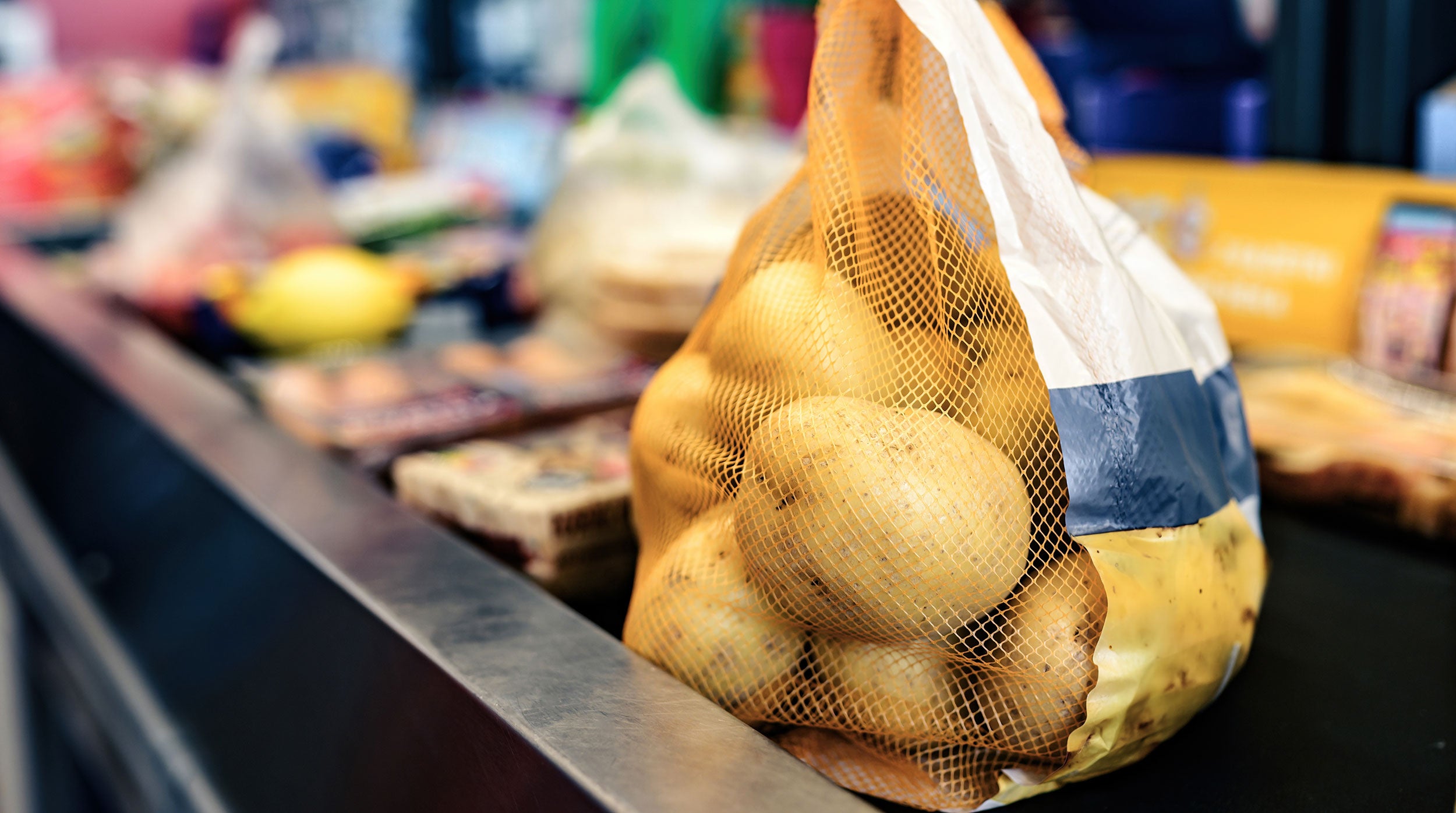
But suppose the canned potatoes have climbed, too. Now they’re $3.50 each. You hesitate. That substitution no longer makes sense, either. So you reroute again, this time to the produce section. A 10-pound bag of russets? $4.98. More effort, sure. But you’re back in control. Another swap. Another adjustment. At this point, you’re stretching further and further — starting to feel like a rubber band.
We bend. We recalibrate. We try something else. Until we can’t. Because food isn’t optional. It’s not a plane ticket or a pair of new boots. Eventually, the options shrink—but hunger doesn’t.
That’s where elasticity runs out.
II. The Grocery Store as a Case Study in Substitution
Your local grocery store may be the clearest demonstration of economic theory anywhere. Every aisle is a lesson in trade-offs. There’s a price for convenience, a cost for time saved, and a dozen variations of “close enough.” Elasticity and substitution aren’t just theories—they’re behaviors you see every time someone changes their mind in front of a shelf.
Let’s say you’re shopping for the week’s protein. Chicken breast is $3.99 a pound. Ground turkey is on sale for $2.49. Maybe eggs are pushing $5 a dozen — so you start thinking about beans, or even peanut butter, or just skipping meat that night altogether. It’s not necessarily what you want, but the numbers push the decision.
That’s substitution. Not driven by preference, but by pressure.
And for a while, that flexibility works. The system relies on it. We swap. We downgrade. We stretch. But substitutions aren’t infinite — they just buy us time. At some point, you hit a wall. The lower-cost options are gone. The effort to “just make it from scratch” keeps climbing. And the calories you need? They’re still there. They’re just more expensive.


There’s something else layered into this, too: convenience. That box of frozen scalloped potatoes? It doesn’t just save five dollars — it saves 30 minutes, a few dishes, and a small piece of your evening. For a lot of people, especially those balancing work, caregiving, and never-ending lists, time is part of the price. And in that equation, the boxed meal wins more often than not.
So while the textbook says we substitute based on cost, the real world shows we also substitute based on capacity — mental, physical, emotional. And when food prices rise, but the pressures of life don’t ease, elasticity doesn’t behave the way we expect. It tightens. And that tightening means we lose choices, fast.
We only notice it when there’s nowhere else to pivot …
III. Where Elasticity Ends: Hunger and Inelastic Demand
At some point, the economic theory meets a biological reality: you have to eat. Substitutions can only stretch so far before you run out of alternatives—and then what you’re dealing with isn’t preference, but necessity.
That’s where inelastic demand kicks in. No matter how high the price, food is still required. You can skip the brand-name cereal or trade chicken thighs for beans, but you can’t skip calories altogether. For most goods, demand falls as prices rise. But for basic nutrition — sufficient protein, calories, essential fats — demand remains. The only thing that changes is who can afford it.
This is where food diverges from other consumer goods. A new car can wait. A vacation can be canceled. Even clothing and electronics can be stretched out or skipped. But your body needs fuel every day. Whether it’s eggs, potatoes, rice, tortillas, milk, or meat, there’s a base layer of food you can’t do without.
And when food prices rise past the point where people can adjust through substitution, what was once an economic issue becomes a social one. It shows up in emergency room visits, school attendance, productivity at work, and in public health spending. It’s not just about grocery budgets — it’s about stability.


This is why so much hinges on supply. The reason a 10-pound bag of potatoes still costs under $5 in most American supermarkets isn’t because of magic or market genius. It’s because there are still enough producers, across enough acres, delivering high-volume crops to keep prices in check.
But the foundation under that system is getting thinner.
Inelastic demand meets shrinking supply not with a gentle curve — but with a cliff. When there are fewer farms and fewer fallback options, pricing power shifts. And in a system where people no longer have the room to stretch, that’s when the invisible hand stops being theoretical and starts tightening its grip.
IV. The Invisible Hand is Shrinking
The strength of a food system isn’t just in how much it can produce, but in how many hands are producing it. For decades, American agriculture has relied on the idea that economies of scale would keep food affordable. And for the most part, it has worked. Fewer farms, more acres per operation, more efficient equipment, and higher yields. The system scaled up, and the food kept coming.
But scaling up has a cost.
Today, roughly 200,000 farms are responsible for 80 percent of all agricultural output in the United States. That’s just 10 percent of farms doing nearly all the heavy lifting. And even within that 10 percent, a much smaller group of very large operations dominate. It’s efficient, but it’s fragile. Because when the base narrows, every disruption hits harder.
We haven’t just lost farms. We’ve lost redundancy. We’ve lost flexibility. And we’ve lost a generation of people who might have stayed in agriculture if the economics weren’t so punishing.
Some argue that fewer farms aren’t a problem if production stays high. But that misses a critical shift. For years, corporations stayed on the sidelines of direct farm ownership because agriculture was too unpredictable and margins were too thin. But that changes when the number of producers shrinks enough to offer price control. When just a few players can dominate supply, they can begin to influence price — bringing predictability to what was once a volatile investment.
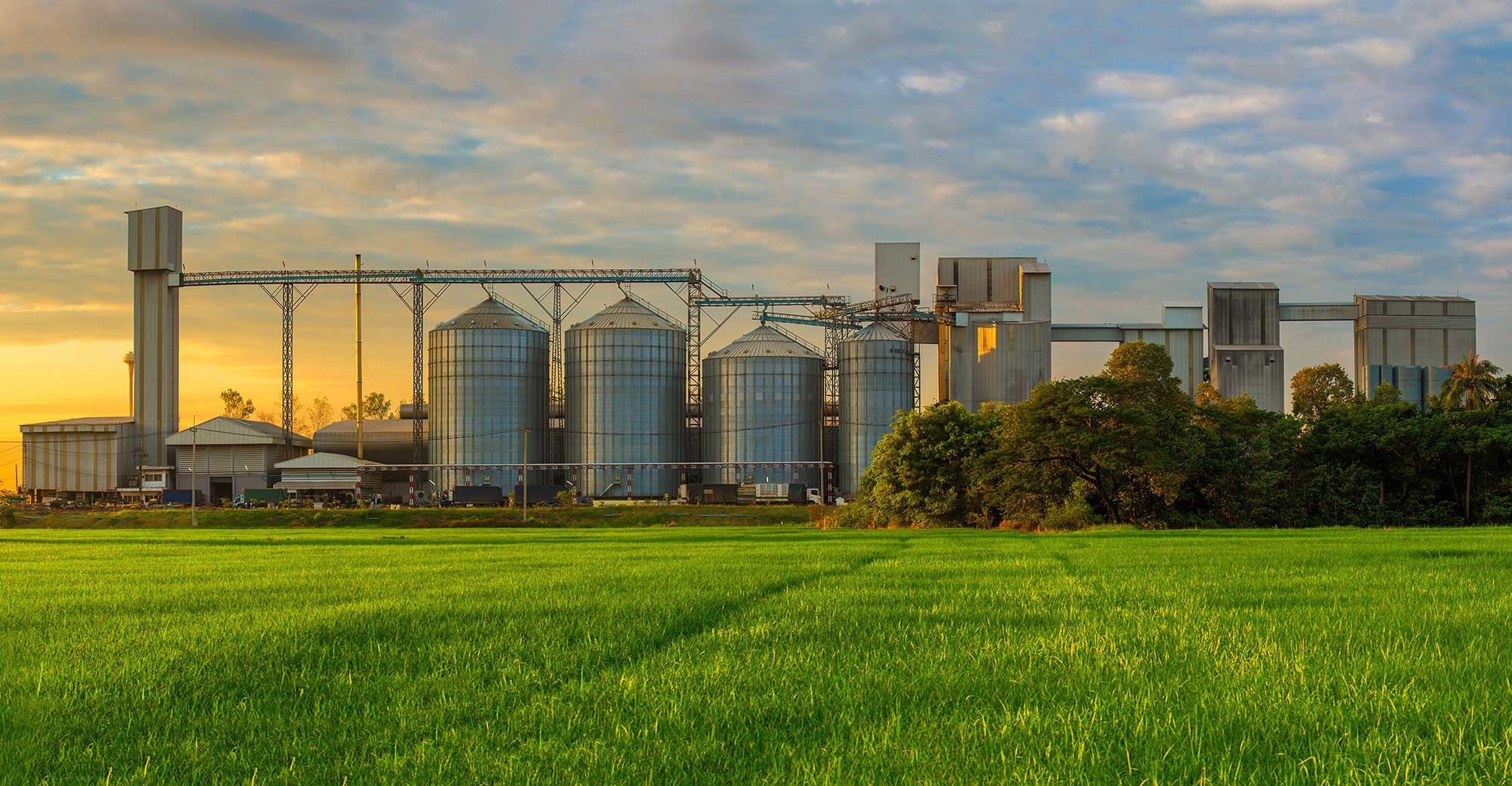

Corporations aren’t foolish. They know that if they can buy the right pieces of land and control enough production, they don’t need to raise yields — they can raise prices. The tipping point is coming. And once price manipulation becomes viable, the incentives to consolidate grow rapidly.
Meanwhile, the farmer population is aging fast. The average American farmer is nearly 60 years old. More than half of all farmland is expected to change hands in the next 20 years. In many regions, especially in the heartland, there are fewer and fewer young people willing — or able — to take over. Without clear pathways to profitability, land passes not to the next generation of farmers, but to investment groups and absentee landowners.
This isn’t a distant trend. It’s unfolding now. And the math doesn’t lie. If we lose another 50 percent of large-scale farms in the next 20 years—on top of what we’ve already lost—we’re entering a system where food supply isn’t just concentrated. It’s controlled.
That’s when the invisible hand stops being a balancing force. It becomes a closed fist.
V. Food as a Strategic Asset, Not a Consumer Good
We’re used to thinking of food as a consumer good — something we buy, cook, or heat up on our schedule. It’s part of the retail economy, shaped by branding, packaging, and shelf space. But food is more than that. It’s infrastructure. It’s national security. And it behaves differently from most goods because the demand never really goes away.
You don’t have to be an economist to understand what happens when a nation loses control of its food system. It becomes vulnerable. Vulnerable to market shocks, to supply chain disruptions, to foreign influence, and to the basic math of scarcity. The further food production drifts from the people who eat it, the more exposed the entire population becomes.
Historically, civilizations didn’t fall because they lacked Wi-Fi or tech upgrades. They fell when they couldn’t feed their people. Grain stores ran dry. Trade routes collapsed. Soil wore out. That risk didn’t vanish with industrialization — it just became easier to ignore.
And now, with food production increasingly consolidated into fewer hands, the idea that “the market will sort it out” starts to look less like optimism and more like wishful thinking.
We’ve made it possible to buy strawberries in January and Thai curry kits on the fly. But behind that seamless experience is a narrowing base of real production—actual people growing actual crops — and they’re walking away. Not because they don’t care, but because the numbers don’t work anymore.
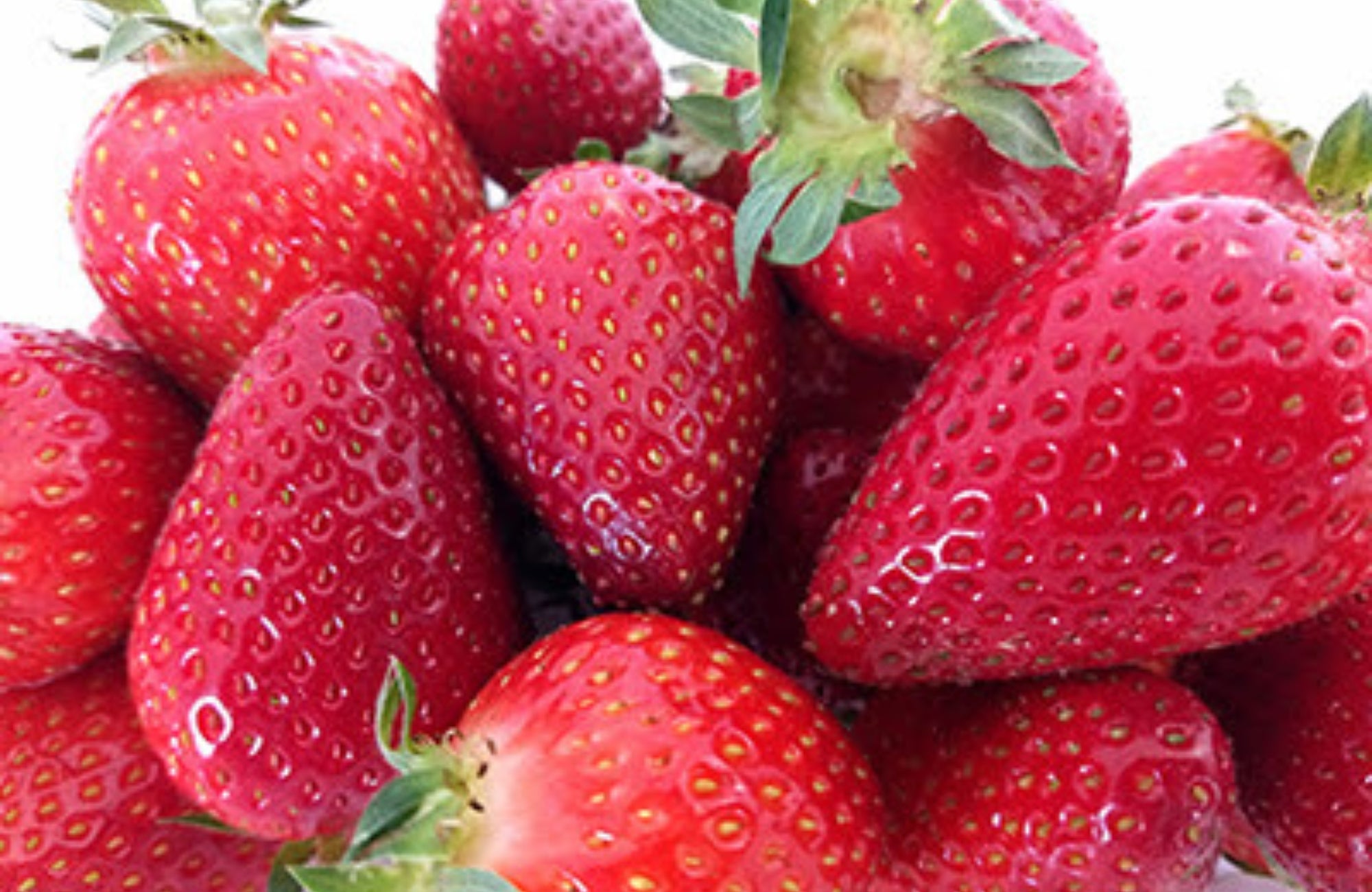

Food doesn’t follow the same rules as streaming services or smartphones. It doesn’t scale cleanly. It can’t be fully outsourced. And when things go wrong — whether due to climate, conflict, or consolidation — there’s no app that fixes it. There’s just hunger.
This is why food systems deserve the same seriousness we give to energy grids or defense budgets. Because once we lose the capacity to feed ourselves affordably, predictably, and securely, everything else becomes reactive.
And that’s not just a rural issue. That’s a national one.
VI. Conclusion — The Real Hand at the Table
We started with the invisible hand—an elegant metaphor from the pages of Adam Smith. But here, in the real world, it’s not invisible hands that grow our food. It’s real ones. Tired ones. Calloused ones. Hands that belong to people who haven’t had a weekend off in months, who know their fields better than most people know their own backyards, and who are increasingly being asked to keep feeding the country on shrinking margins and mounting pressure.
They’re walking away — not out of laziness or inefficiency, but because the system no longer works. And when they do, the rest of us barely notice. Because for now, the shelves are stocked, the frozen dinners still cheap enough, and the substitutions still possible.
But that won’t last forever.
We can’t keep assuming someone else will do the growing. That the food will simply show up. That if we lose another 50 percent of the remaining large farms, the market will somehow fill the gap. Because it won’t. At some point, the ability to substitute collapses. And when inelastic demand meets constrained supply, prices don’t adjust — they spike. Not just in luxury items, but in the basic foods people rely on every day.
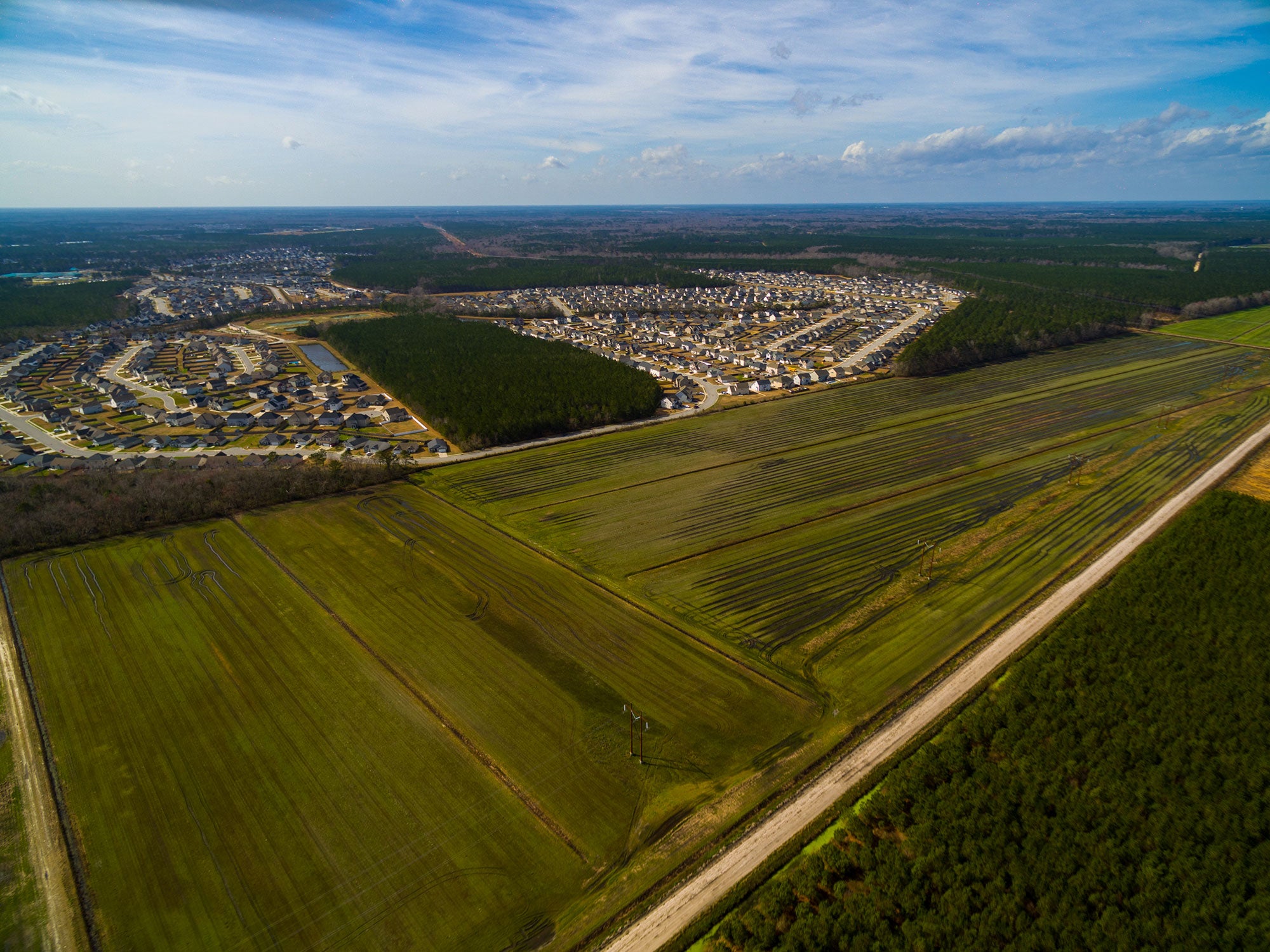

There’s also a growing habit — especially among those furthest from the land — of imagining rural areas as blank slates. Landscapes to be rewilded, repurposed, or reinvented to match an outside ideal. But the people who live in these places aren’t part of someone else’s aesthetic vision. They’re communities. They’re producers. And they are being steadily erased from the conversation.
Years ago, “deplorables” was meant as a throwaway line — an unfortunate sound bite that revealed something deeper. Today, the quiet assumption seems to be that farmers are the “expendables”. That we’ll get by without them. But that assumption has consequences.
We’ve spent decades measuring farm policy by its efficiency. Maybe it’s time we start measuring it by its resilience. By the number of people still willing — and able — to farm. Whether a 10-pound bag of potatoes is still affordable. And whether rural economies still function.
Because once the margins go, and the young farmers don’t come back, and land becomes just another asset class, the invisible hand isn’t helping anymore.
If we measure the cost in farmers lost, what’s the price we’re really willing to pay?
Ben Henson is a lifelong farmer and international agricultural consultant with over 30 years of experience in the U.S. and Africa. He currently splits his time between a hay and cattle farm in Oregon and a climate-smart agriculture initiative in Rwanda.


:max_bytes(150000):strip_icc()/Eric-Francis-GettyImages-74115405-bd2fe6474b424478b2b661df08a07ed5.jpg)
:max_bytes(150000):strip_icc()/Tar-Spot-Jared-Goplen-Wyffels-IMG_7763-5cb41072e7d34537b0992f26a3b2a00b.jpg)



